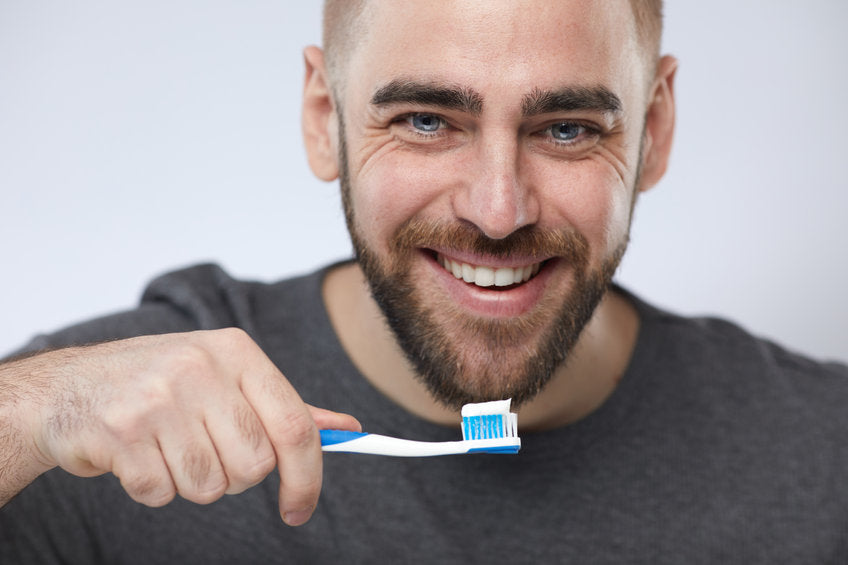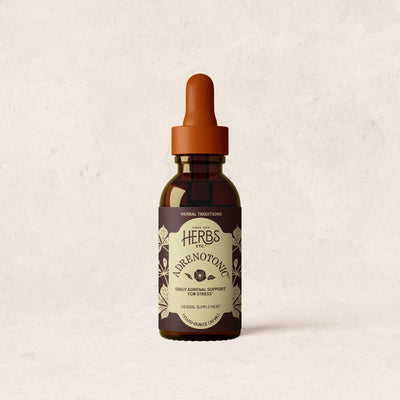Encourage good bugs


Your mouth is naturally teaming with bacteria—that’s a given. Like most other places in and on your body, there are good guys and bad guys.
Destructive, acid-loving bugs hide in oxygen-deprived environments between your teeth and under your gums. Within 12 hours they become entrenched and form a sticky film called plaque.
Plaque creates acid byproducts that damage tooth enamel, irritate gums, and eventually lead to tooth loss. Along with thorough cleaning, creating an alkaline environment in your mouth thwarts bad bacteria before they have a chance to get started.
-
Brush your teeth, but keep it gentle! Get an electric toothbrush only if you think you’re doing a substandard job with your human-powered one. Be sure to wiggle the brush in tiny circles at the gum line, where bacteria prefer to hang out. At your next cleaning, ask the hygienist to point out areas of plaque you’ve missed with your home care. Concentrate more on these areas.
-
If you can’t brush after midday meals or snacks, return your mouth to an alkaline state by rinsing with water. This is especially important if you snack on anything sweet or sticky.
-
Floss gently between your teeth. Probably even more important than brushing, flossing crashes the parties of the bad bacteria.
-
If you have spaces between your teeth that collect food, use a tiny intra-dental brush to dislodge food particles.
-
You can make your own toothpaste by mixing baking soda (NOT baking powder!) with a little water. Baking soda creates an alkaline environment that deters harmful, acid-loving microbes.
-
Discourage bacteria by switching to a new toothbrush every three months. Bristles on old ones also tend to become frayed, which can damage your gums.
- Products containing tea tree oil give beneficial mouth microbes the edge over destructive ones.
Keep your gums in tip-top shape. Healthy gums are firm, pink, and don’t bleed during regular brushing and flossing. They cover the entire root of each tooth. Besides brushing and flossing, add one or more of the following to your protocol:
- Gently stimulate gums using wooden or plastic toothpicks. Many types are available commercially.
- Massage gums with fingers to encourage good circulation.
- Eat fibrous foods.


